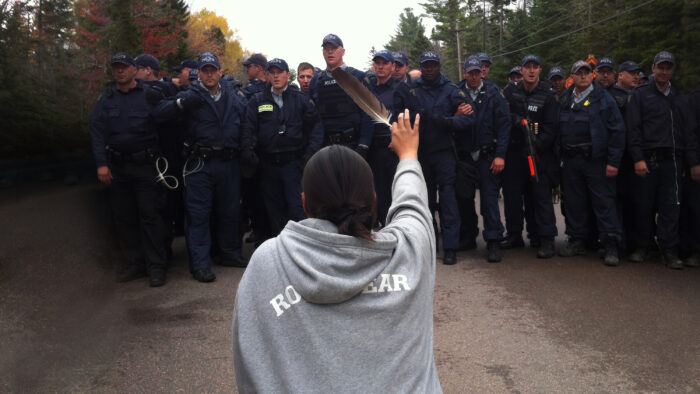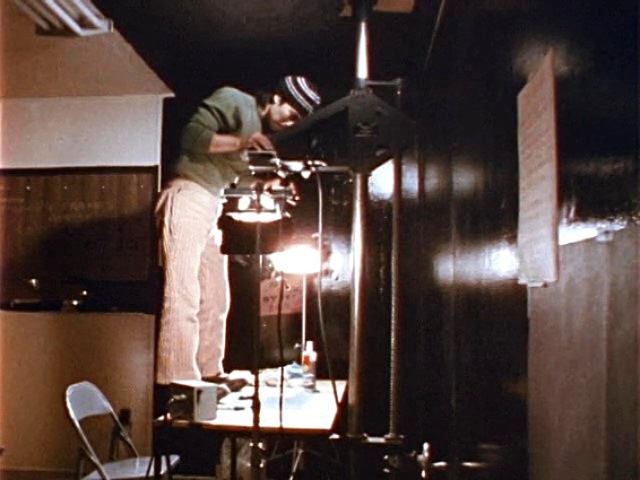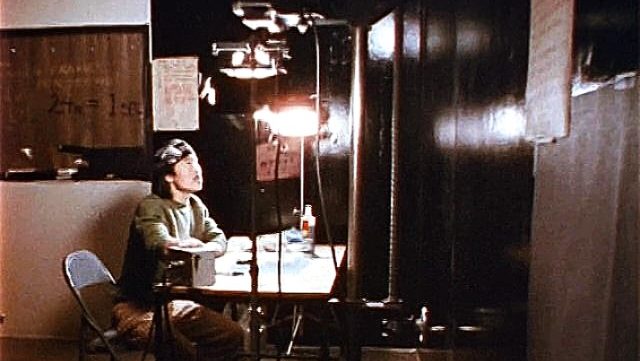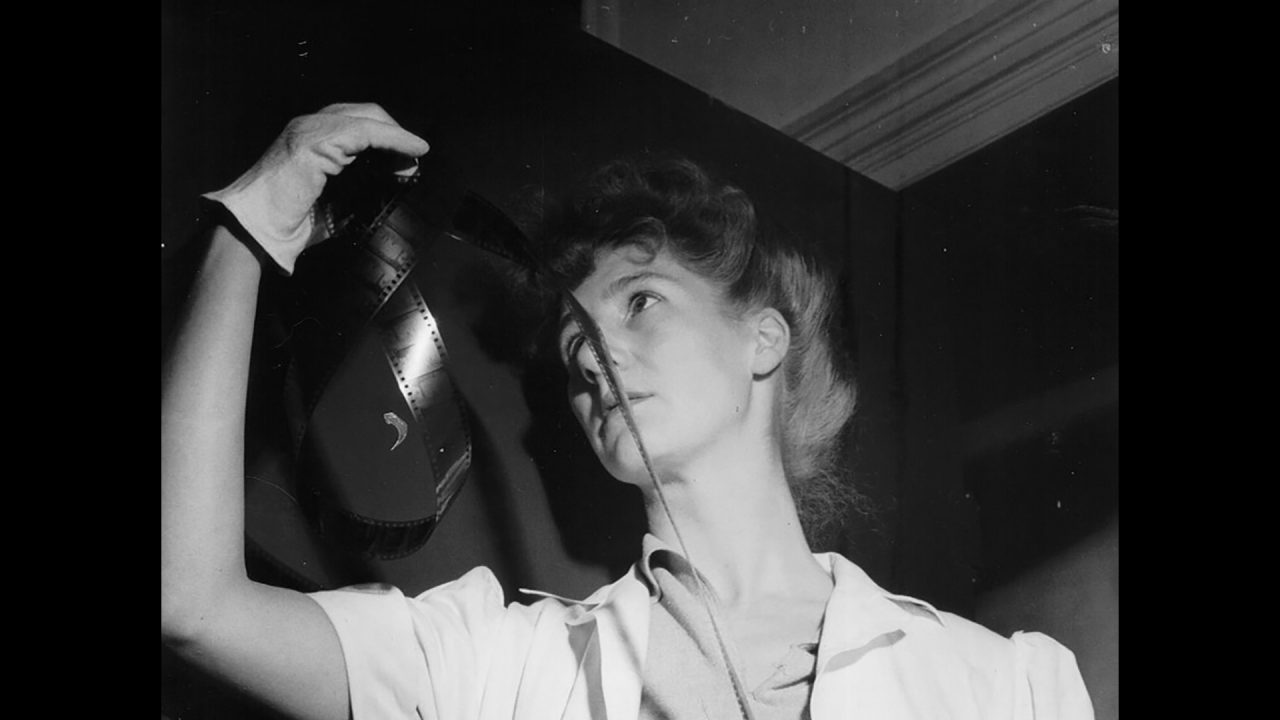
Expanding the Origin Story of Canadian Cinema
Expanding the Origin Story of Canadian Cinema
A Return to Memory is a fascinating, carefully woven, loving and playfully crafted tribute to a generation of women filmmaking pioneers working at the NFB in the 1940s who most people have never heard of. Donald McWilliams’ opus fundamentally changes what we think we know about the origin story of cinema in Canada.
This film started as a conversation (he remembers it as a directive) between Don and I in late 2017 after the discovery in the NFB archives of 78 minutes of footage shot in 1975 at “4 Days in May,” a gathering to mark International Women’s Year organized by Kathleen Shannon and Studio D, the NFB’s newly founded women’s production studio. The event brought together dozens of women who had worked at Canada’s public producer in its earliest years.
Those 78 minutes were but a fragment of the many hours of footage shot over those four days. The original footage, we learned, was sent to a dumpster at some point in the 1990s.
What remained was fascinating. Fleeting glimpses of lively exchanges between a large group of women who had held a wide variety of roles—directors, cinematographers, editors, animators, administrators, distribution specialists and, above all, negative cutters. Most of the faces were unknown to us. A few were familiar, including Evelyn Spice Cherry, the first Canadian filmmaker hired by NFB founder John Grierson and co-head of the Agricultural Unit; Jane Marsh, the sister of poet Elizabeth Smart, and the only woman to direct for The World in Action newsreel series; and Gudrun Bjerring Parker, a Winnipeg hire who quickly became a director and was made head of the Educational Unit. Gudrun is alas only seen but never heard in the remaining footage of the 1975 gathering. Such gaps were endlessly frustrating.
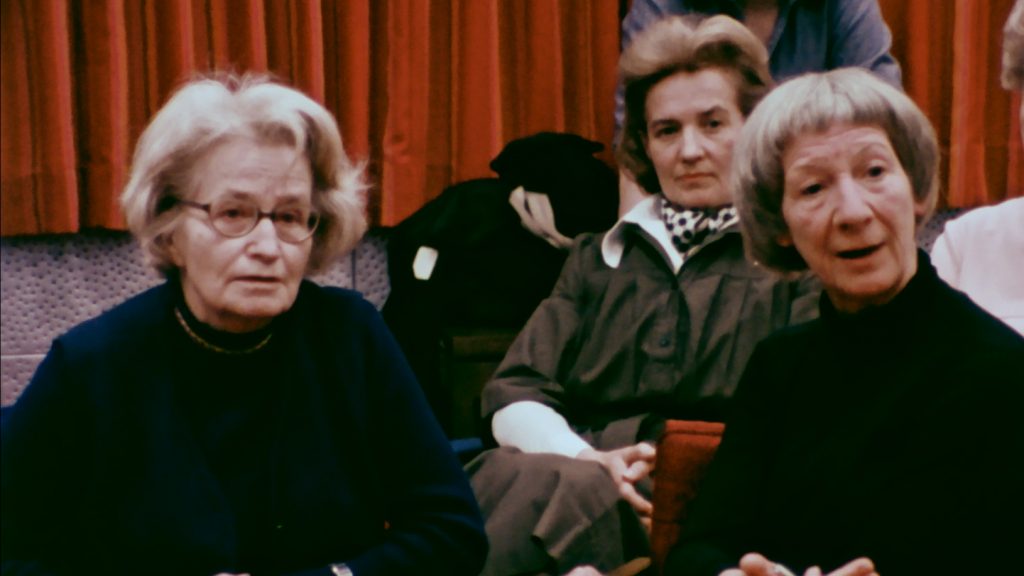
Don wrote to me on December 29, 2017: “[I]f we go ahead with an NFB Women project, it has to be something that tells the story of that time both as seen at that time and with the virtue of hindsight. And, of course, as I always seek to do in my films, to make implicit its relevance to today.”
And so it began.
An initial development phase evolved into an almost seven-year production process as the scope of the project expanded and Don worked through a growing mountain of newly uncovered material. The work was anchored by a deep sense of the responsibility to do “right by these women,” yet tinged with uncertainty given the enormity of the task, ongoing challenges with access to materials in external archives and the limitations of working remotely during the worst part of the pandemic. Don also wrestled with the unavoidable tension of trying to weave a compelling story and the agonizing choices about which stories to include and which to drop.
Just 10 years before the founding of the NFB in 1939, a panel of all-male Supreme Court justices had ruled that women in Canada were, indeed, persons. The case had been brought to the highest court in the land after successive federal governments maintained that women could not be appointed to the Senate since they were not legally “persons.” Many of the women in A Return to Memory would have been on the cusp of adolescence when the Supreme Court made its groundbreaking ruling and so growing up at a time when doors formerly closed to women in Canada were being cracked open.
Born in the mid-1930s, Don is about 20 years younger than most of the women in the film. He had met several of them in passing, including Evelyn Spice Cherry and Gretta Ekman, who, along with John Grierson, were deeply impacted by the Red Scare—a time when the Cold War was taking hold and growing preoccupations about the influence of Soviet Russia were weaponized. Many innocent people were targeted with vague claims putting their loyalty into doubt. This is one of the many fascinating threads explored in the film.
Don has had an ongoing relationship with the NFB since the late 1960s. He was the last great collaborator with animation legend Norman McLaren and is the custodian of McLaren’s personal archive. Like many who know him, I think of Don as the NFB’s unofficial historian. Don’s generational proximity, his unparalleled knowledge of the NFB and pragmatic skills at ferreting through formal and informal archives, combined with his technical skillset and unique sensibility, gave him a singular profile to take on this film.
As Don toiled beneath the weight of what he half-begrudgingly and half-lovingly started to refer to as “the albatross,” an expanded picture of where filmmaking in Canada begins and the soil that nourished its roots slowly began to take shape. Together with researcher Alison “Red” Burns, Don turned up reams of other archival material—tapes, letters, diaries, photographs, sketches and audio recordings that would allow him to structure the film around the voices and work of the women themselves.
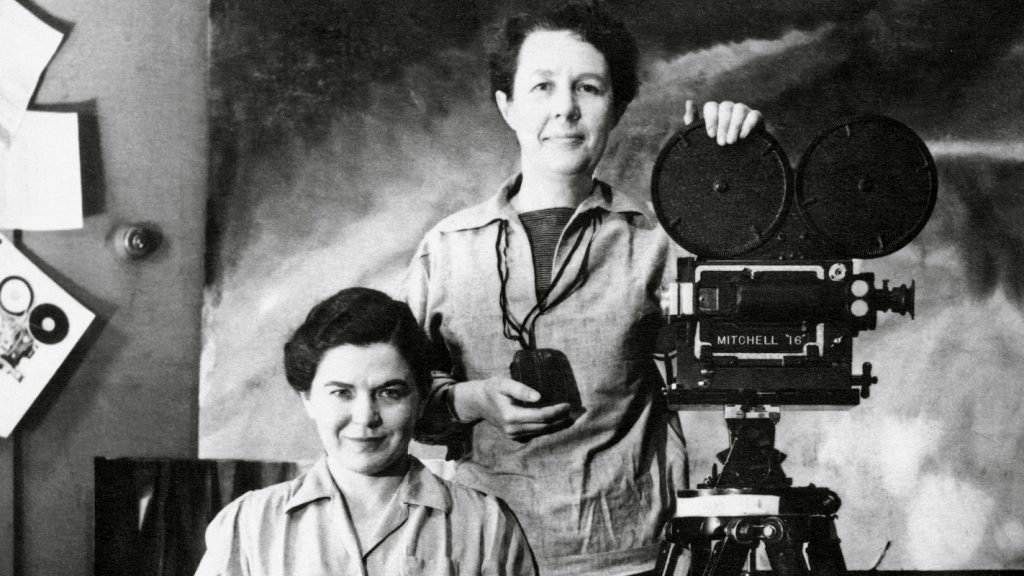
One of the things that quickly became apparent was the absolutely astonishing range of talent at the early Film Board. The film touches on many remarkable individuals, but there were many others—not in the final cut—who passed briefly through the NFB, including accomplished writers Mavis Gallant, P.K. Page, Joyce Anne Marriott and Irene Baird; and future architect Blanche van Ginkel, who saved Old Montreal from becoming an elevated highway in the early 1960s. John Grierson had an uncanny knack for casting smart people with a strong sense of social purpose and then giving them the space to figure things out. Many of the women (and the men) talk about the atmosphere of discovery, excitement and enthusiasm in those early years. Goldie Gennis Burns (the original “Red” Burns), whose story features prominently, shares how that ethos inspired the culture she went on to create at the legendary Interactive Technology Program at the Tisch School of the Arts.
Another theme that quickly emerged was the humanist emphasis in the films of many of the women. In the early post-war years, many of the prominent male figures at the NFB were pondering purpose (“What would make peace as interesting as war?”), while women like Spice and Bjerring were already interrogating a range of fascinating social issues facing Canadians—from daycares for children to how rural communities still reeling from the Great Depression were organizing to find cooperative solutions to social problems and challenges.
The NFB is the cradle of Canadian filmmaking, a public production studio with a unique mandate to show Canadians each other’s lives and create a shared sense of belonging. A Return to Memory shifts our understanding of that story and the way it’s usually told. It’s my hope that the incredible material Don has surfaced will form the basis for an archive that will be catalogued and maintained for future generations of filmmakers, scholars and historians. Don has cracked open the box. There are so many more stories waiting to be told.
Michelle van Beusekom is the former Executive Director of English Program at the NFB. She currently works as the CEO at Knowledge Network.

